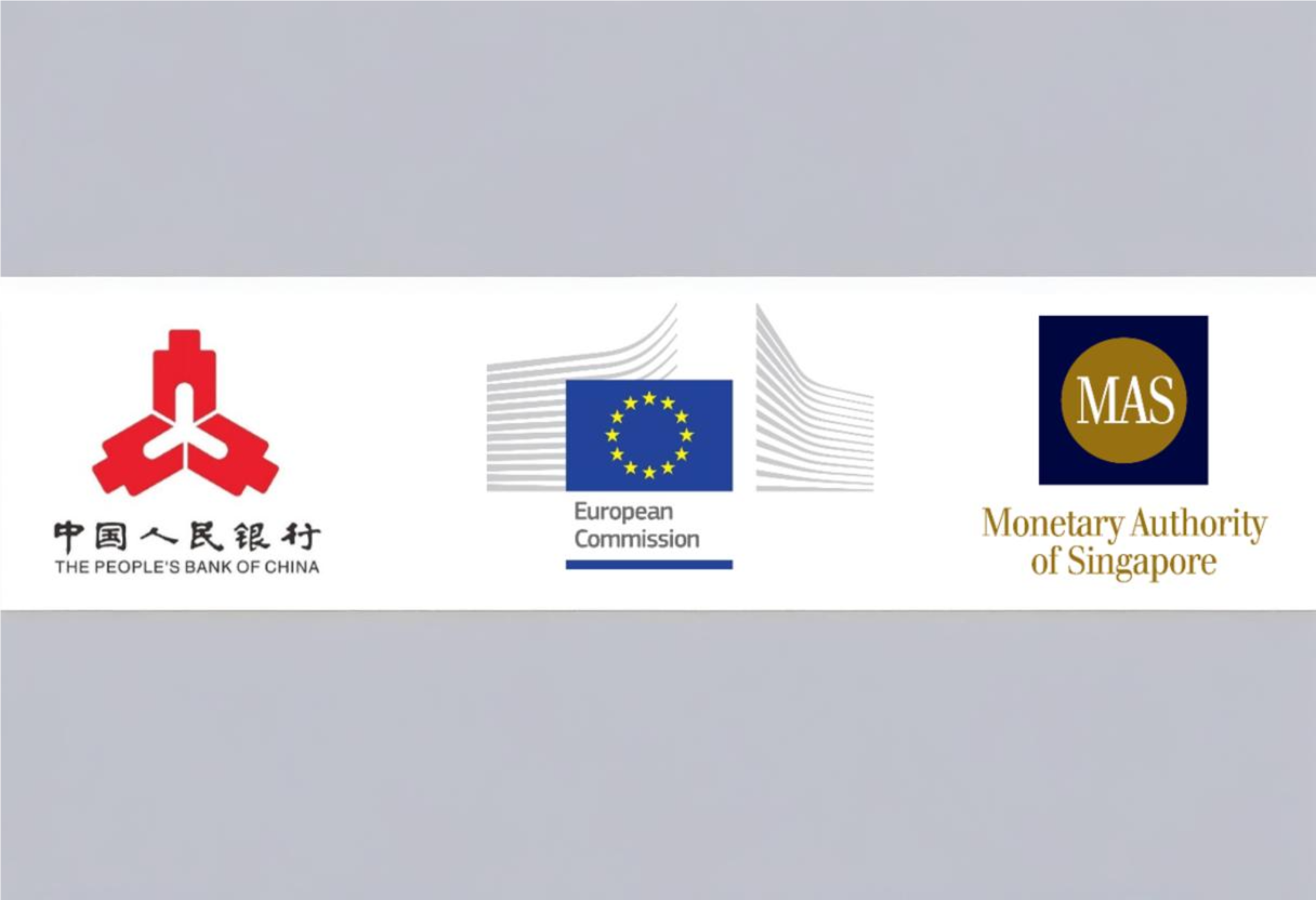The International Platform on Sustainable Finance (IPSF) has introduced the Multi-Jurisdiction Common Ground Taxonomy (M-CGT), a comparative framework aligning the sustainable finance taxonomies of China, the European Union (EU), and Singapore. The M-CGT builds on the EU-China Common Ground Taxonomy (CGT), a 2020 initiative under the IPSF by the European Commission and the People’s Bank of China (PBOC), and incorporates the Singapore-Asia Taxonomy (SAT) to enhance interoperability among the three regions.
Developed collaboratively by the PBOC, the EU Directorate-General for Financial Stability, Financial Services and Capital Markets Union (FISMA), and the Monetary Authority of Singapore (MAS), the M-CGT acts as a technical reference for diverse market participants, including financial institutions, corporates, investors, and external reviewers. It provides guidance on identifying green activities based on environmental objectives, criteria, and activities included in the respective taxonomies. Although not legally binding, green bonds and funds aligning with M-CGT criteria may be considered by cross-border investors in markets referencing these taxonomies, subject to local regulations.
The M-CGT aims to support jurisdictions developing domestic green taxonomies and is designed to integrate additional jurisdictions in the future, fostering broader interoperability. This framework is expected to facilitate cross-border green capital flows, increasing the global alignment of sustainable finance practices.
The scope of the M-CGT extends beyond the bilateral EU-China CGT, encompassing green activities and their substantial contribution criteria within the taxonomies of China, the EU, and Singapore. While the 2022 EU-China CGT covered 72 activities across seven sectors, the M-CGT includes 110 activities across eight focus sectors, reflecting its broader scope and ambition.
A detailed mapping exercise identified eligible activities for inclusion in the M-CGT, categorising them based on shared metrics and levels of commonality. For activities with consistent or interoperable metrics, such as life-cycle GHG emissions in the energy sector, the most stringent criteria were adopted. This ensures credibility and acceptance of M-CGT-aligned activities across all three jurisdictions. For activities with varying metrics, commonalities were identified, enabling the inclusion of additional activities, such as those relying on local certification schemes and standards.
The mapping revealed that approximately 60% of common activities, primarily in manufacturing, transportation, water, and waste sectors, could be defined using stringent criteria across all three taxonomies. For 5% of activities, such as those in electricity generation and construction, criteria were fully aligned. However, 33% of activities showed no direct comparability, requiring alignment with at least one taxonomy’s criteria. This was common in sectors reliant on local regulations, such as construction, agriculture, and forestry.
These findings demonstrate a significant degree of comparability, indicating that green finance instruments referencing the M-CGT can be considered by investors and financial institutions in China, the EU, and Singapore. This alignment marks a crucial step toward standardised sustainable finance practices and underscores the potential for future integration of global taxonomies.
Dr. Ma Jun, Chairman of Green Finance Committee of China Society for Finance & Banking and Co-Chair of the IPSF Taxonomy Working Group said, “M-CGT is an important new milestone for enhancing interoperability of taxonomies across jurisdictions. The market usage of the CGT in the past two years, including for labelling Chinese green bonds sold to international investors, has demonstrated its ability to reduce cross-border transaction costs and boosting green capital flows especially to developing economies. The fact that CGT has already been used by several jurisdictions as a building block for taxonomy development suggests that M-CGT will have a greater potential to help assist other countries in developing their sustainable finance markets.”
Marcel Haag, Director for Horizontal policies at the European Commission’s Directorate General for Financial Stability, Financial Services and Capital Markets Union and Co-Chair of the IPSF Taxonomy Working Group said, “the M-CGT is yet another key contribution of the International Platform on Sustainable Finance to the efforts of enhancing comparability and interoperability of taxonomies across the world, fully in line with G20 Sustainable Finance Working Group Roadmap and Principles. It will provide a useful reference for other jurisdictions and market operators regarding some of the features and commonalities across the activities of the Singapore, China, and EU taxonomies that are covered in this exercise.”
Gillian Tan, Assistant Managing Director (Development & International) and Chief Sustainability Officer of the Monetary Authority of Singapore said, “The inclusion of the Singapore-Asia Taxonomy in the M-CGT is an important milestone in the International Platform on Sustainable Finance’s efforts to provide greater consistency and comparability of green activities’ criteria across different taxonomies. The M-CGT serves as a common baseline that market participants can refer to in defining green activities, enabling cross border financing in the markets that the respective taxonomies serve.”
